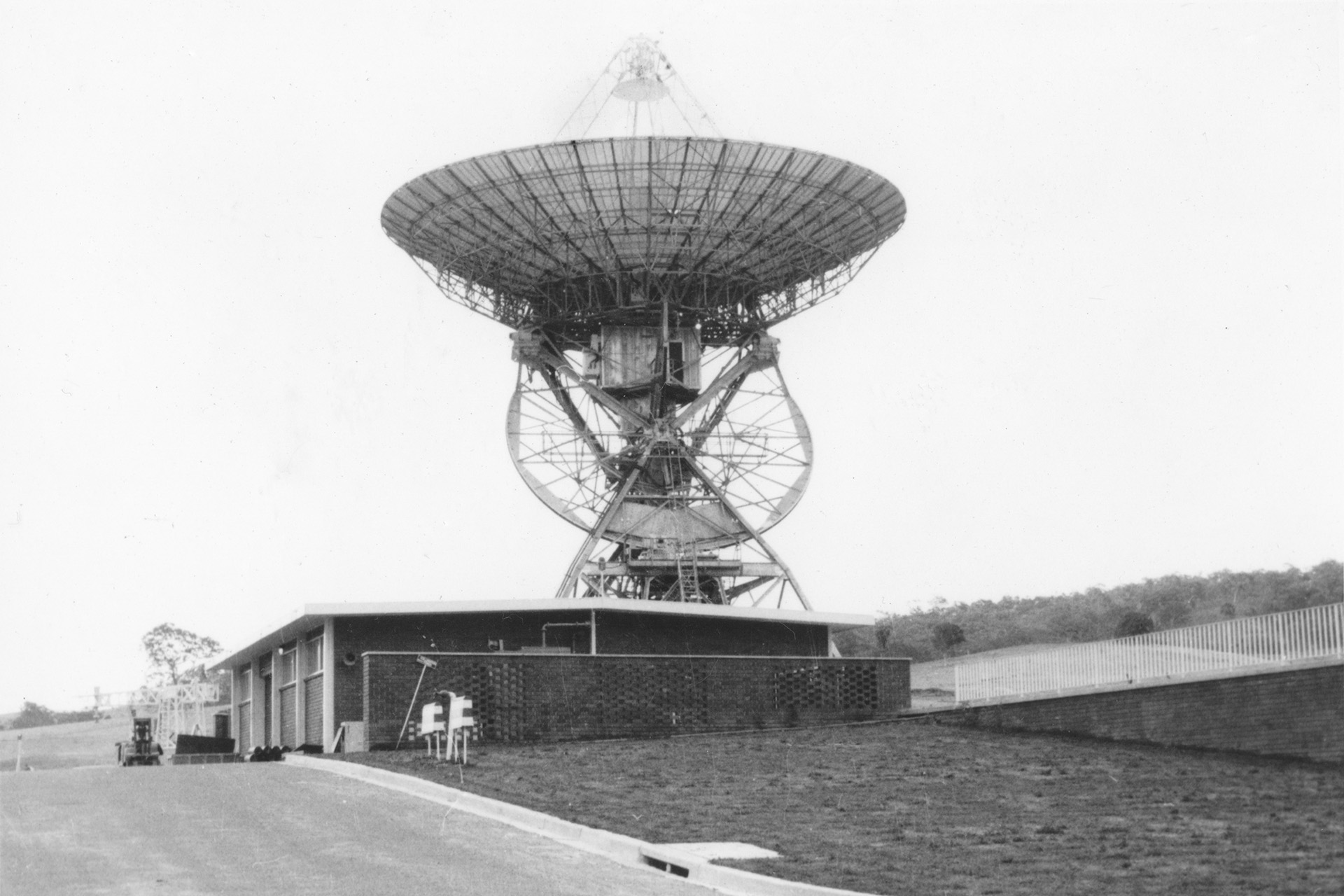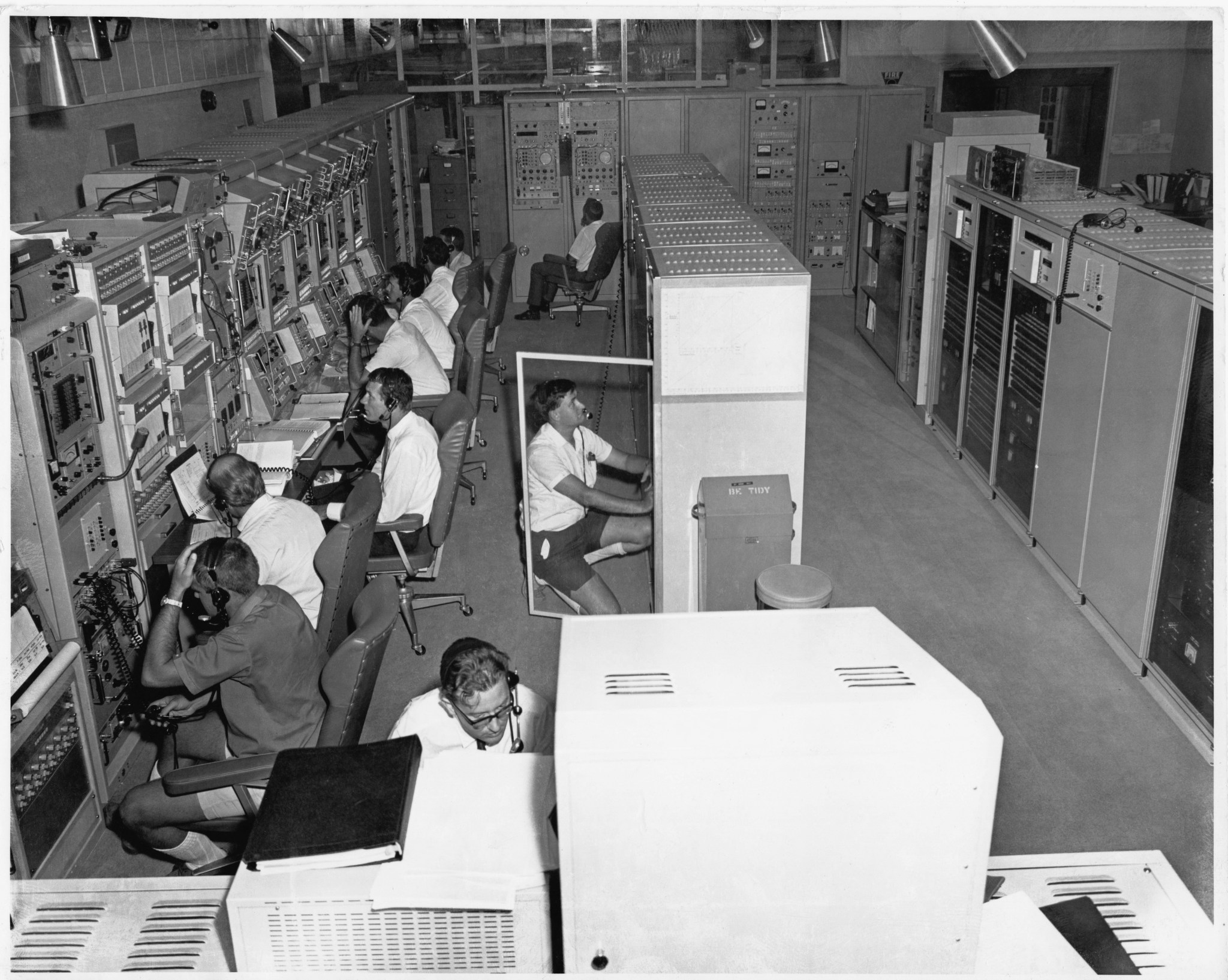
NASA’s Deep Space Network (DSN) has a long history of enabling exploration. The forerunner to the DSN was established in January 1958, predating the official establishment of NASA in October 1958, when the Jet Propulsion Laboratory, or JPL – then under contract to the U.S. Army – deployed portable radio tracking stations in Nigeria, Singapore, and California. That month, when the Army successfully launched Explorer 1, the first successful U.S. satellite, these stations received telemetry and helped mission controllers plot the spacecraft’s orbit. NASA was officially established in October of that year to consolidate the separately developing space-exploration programs of the Army, Navy and Air Force into one civilian organization.
On December 3, 1958, JPL was transferred from the Army to NASA and given responsibility for the design and execution of lunar and planetary exploration programs using robotic spacecraft. Shortly afterward, NASA established the concept of the Deep Space Network as a separately managed and operated communications facility that would accommodate all deep space missions. This model would remove the need for each flight project to acquire and operate its own specialized space communications network. The Deep Space Network was given responsibility for its own research, development and operations in support of its users. Under this model, it has become a world leader in the development of deep space communications and navigation.
A Legacy of Lunar Exploration
More than fifty years ago, NASA captured the world’s imagination and inspired generations with the Apollo 11 Moon landing. Back then, NASA’s communications networks were crucial to mission success. Today, they continue their legacy as NASA plans to land the first woman and first person of color on the Moon with the Artemis missions.
On July 20, 1969, NASA astronauts Neil Armstrong and Buzz Aldrin, with Michael Collins orbiting above, became the first humans to land on the Moon. DSN antennas across the world helped receive the first downlink and two-way communication from the surface of the Moon, also receiving the iconic communique, “That’s one small step for [a] man, one giant leap for mankind.”



























